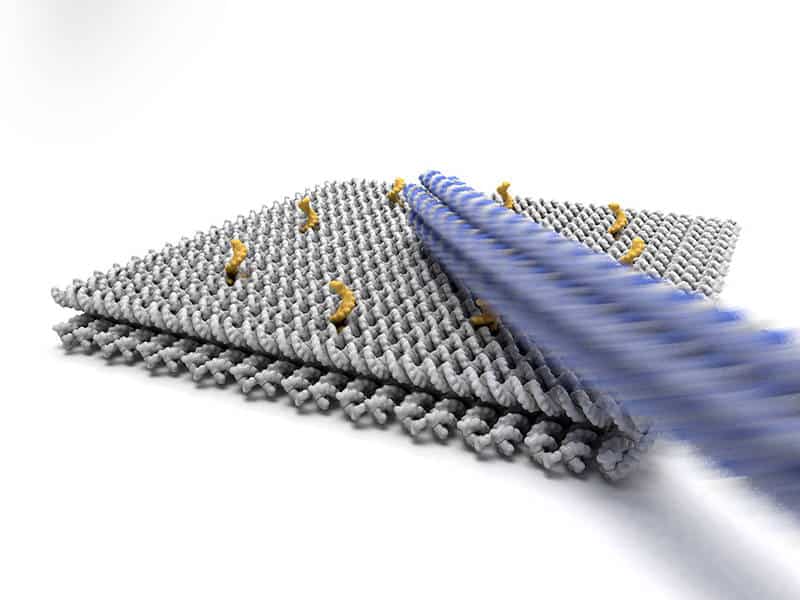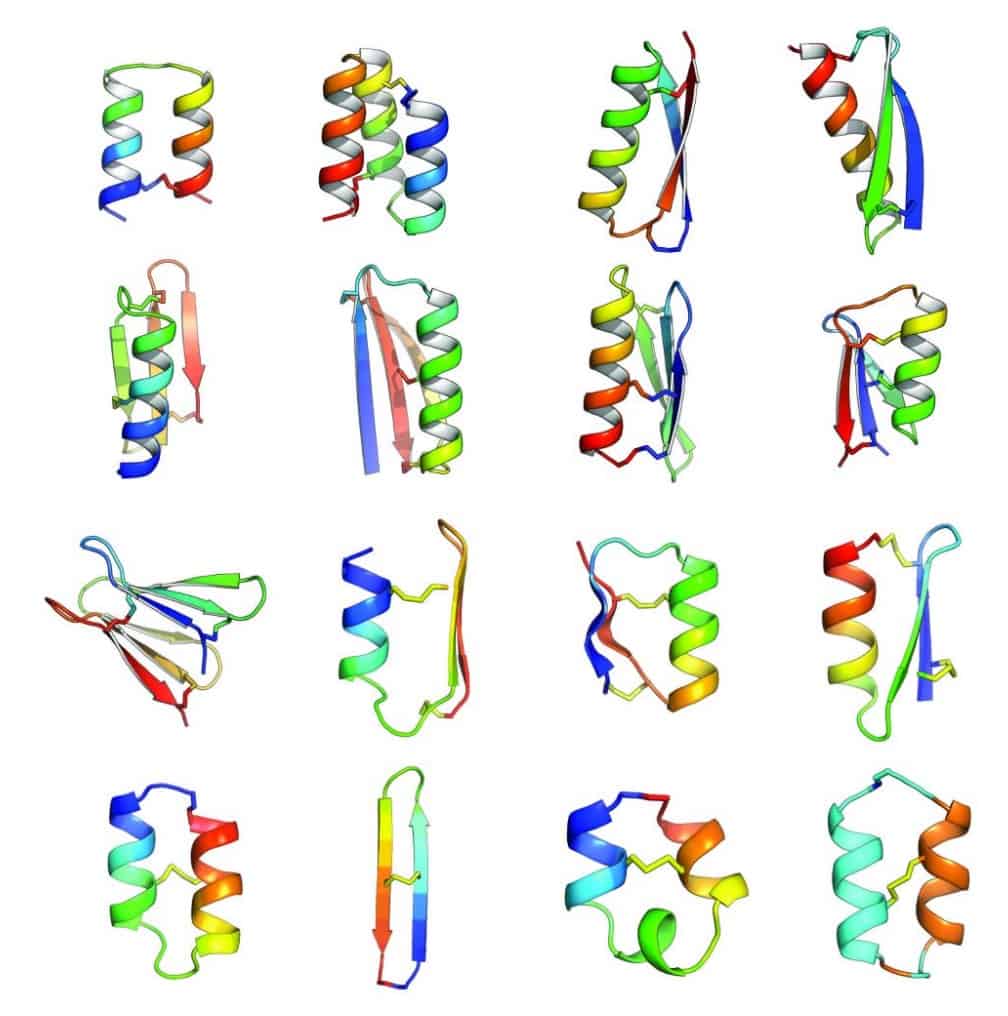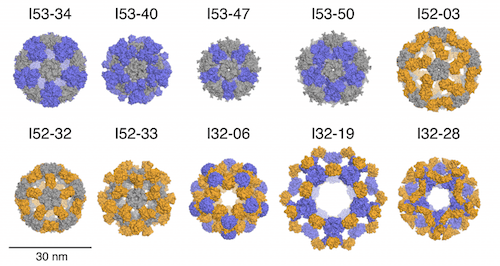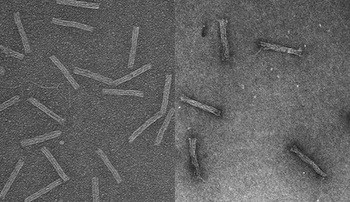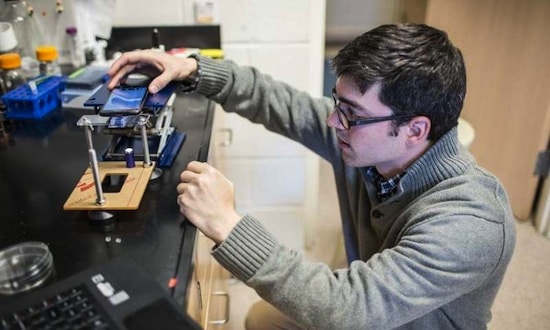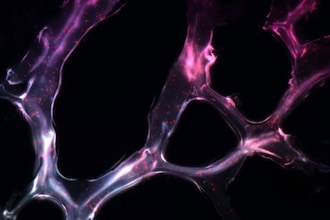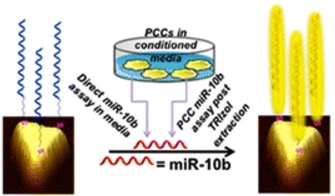Ultrafast molecular machines made using DNA nanotechnology have now been demonstrated. Over the past several years molecular machines made using DNA nanotechnology, especially the scaffolded DNA origami technology, have grown more complex and more functional (see, for example, here, here, here, and here). Long-time Foresight member Dr. Robert P. Meagley writes to point out that… Continue reading Ultrafast DNA robotic arm: A step toward a nanofactory?
Ultrafast DNA robotic arm: A step toward a nanofactory?
